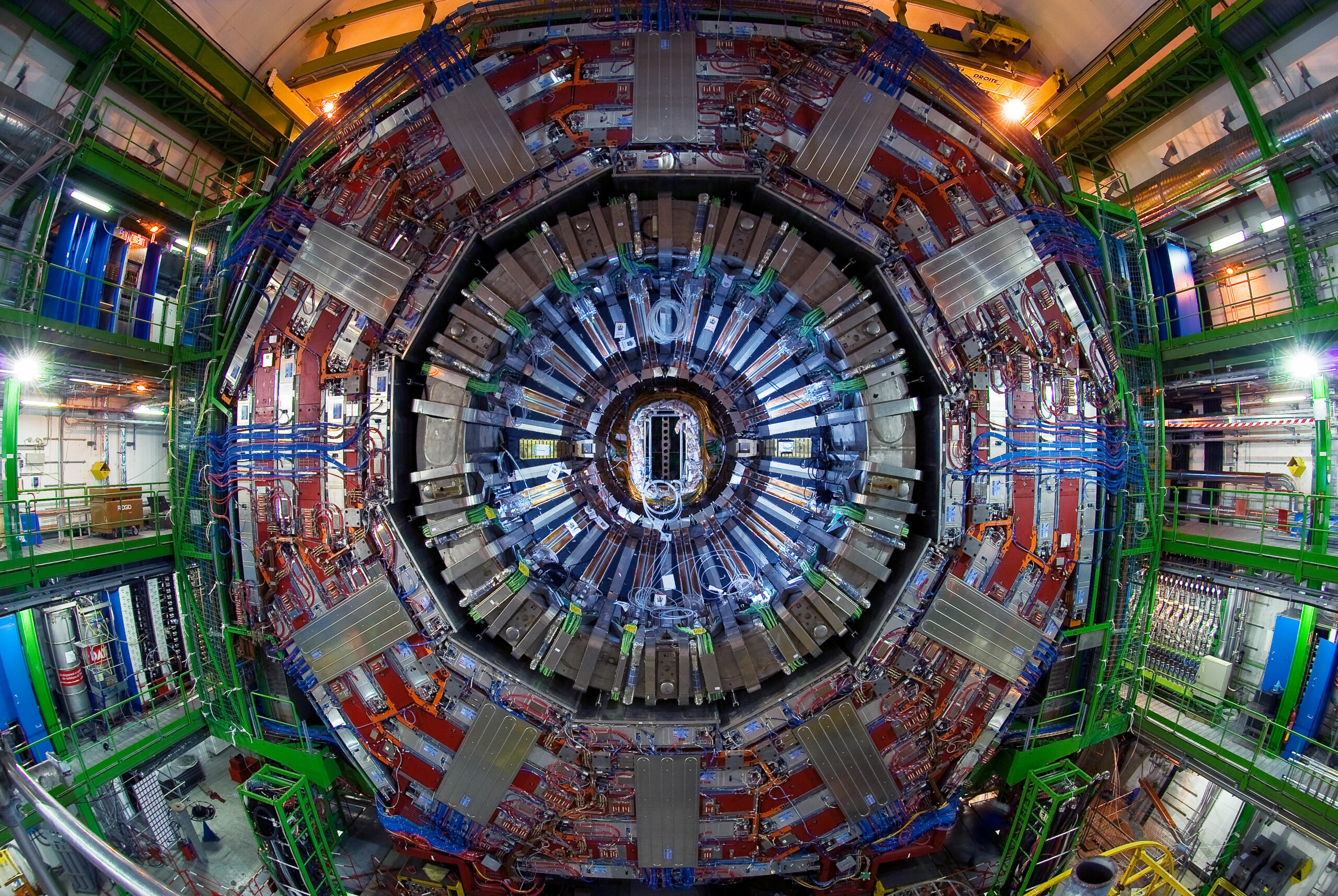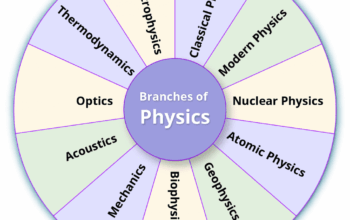The European Organization for Nuclear Research, commonly known as CERN, stands at the forefront of particle physics, home to the Large Hadron Collider (LHC), the world’s largest and most powerful particle accelerator. This monumental facility has catalyzed groundbreaking discoveries and transformed our understanding of matter, yet it has also become the focal point of myriad conspiracy theories. This article seeks to demystify the science behind CERN’s operations, addresses safety concerns, and explores the intersection of scientific inquiry and public perception.
At the heart of the discourse surrounding CERN is the LHC, an elaborate apparatus that collides protons at unprecedented energies to investigate the fundamental constituents of the universe. When instantiated in 2008, the LHC ignited global fascination with its potential to unlock answers to age-old questions regarding the fabric of existence, including the elusive Higgs boson. However, such formidable ambitions can evoke apprehension; a peculiar schism emerges between genuine scientific inquiry and sensationalized narratives propagating existential fears.
One of the most pervasive conspiratorial claims relates to the prospect of creating black holes. Detractors allege that, during high-energy collisions, the LHC could produce microscopic black holes capable of consuming the Earth. This notion echoes a profound misunderstanding of both the scale and the physics involved. To comprehend the implausibility of such an event, it is essential to delineate the quantum mechanics at play.
Within the framework of quantum theory, any minuscule black holes emitted during an LHC collision would possess a mass so insufficient it would evaporate almost instantaneously, a phenomenon explicable through the principles outlined by physicist Stephen Hawking. Furthermore, cosmic rays—high-energy particles from space—collide with the Earth’s atmosphere far more energetically than the LHC can replicate. If such collisions could indeed create dangerous phenomena, Earth would have long since succumbed to their consequences. Thus, the scientific consensus firmly dispels exaggerated fears of catastrophic outcomes from CERN’s experiments.
Moreover, CERN emphasizes a rigorous safety assessment protocol. Comprehensive safety reports, grounded in theoretical assessments and practical experiments, are undertaken prior to the initiation of any new experiments. The organization operates with transparency, making safety evaluations readily accessible to the public, elucidating the precautions taken. This ethos of openness is crucial in a landscape fraught with skepticism.
Moreover, it is essential to contextualize CERN’s contributions within the broader ambit of scientific development. The myriad discoveries stemming from the LHC, including advancements in particle physics and our comprehension of the universe’s inception, serve not merely academic pursuits but additionally foster technological innovation. For example, the development of the World Wide Web originated from CERN’s mission, heralding a digital revolution that transformed modern communication. Hence, the benefits substantiating particle physics research extend well beyond theoretical implications, encapsulating practical advancements impacting daily life.
Yet, while it’s imperative to acknowledge the scientific community’s efforts to address safety concerns, one must also engage with the sociocultural dynamics at play. The rise of conspiracy theories often stems from a divergence in the relationship between science and society, fueled by misinformation, fear, and a lack of scientific literacy. A notable case was around the time of the LHC’s first operations when widespread media coverage depicted ominous scenarios, stoking public anxiety.
The proliferation of disinformation can be attributed, in part, to a society increasingly skeptical of expert authority. In an age where pseudoscience and misinformation tailgate credible scientific discourse, individuals may find solace in narratives that amplify existential fears. Thus, the dichotomy between scientific advancement and public acceptance often oscillates, creating fertile ground for conspiratorial thinking to thrive.
Addressing public concerns surrounding CERN requires not only disseminating accurate information but fostering a deeper understanding of scientific processes. Educational outreach initiatives are paramount; CERN engages students, educators, and the public through interactive exhibits, workshops, and community discussions. This proactive approach elucidates complex concepts, demystifies the work conducted at CERN, and cultivates a culture of curiosity rather than fear.
Furthermore, the challenge lies in reconciling the intricate nature of quantum mechanics with public comprehension. Complex scientific paradigms necessitate simplification without sacrificing intellectual integrity. For instance, using analogies or practical demonstrations can enable lay audiences to grasp abstract concepts. A concrete understanding mitigates apprehension, sparking curiosity and promoting engagement.
In conclusion, while CERN represents a pinnacle of contemporary scientific inquiry, it cannot extricate itself from the swirling narratives of conspiracy. The LHC stands not only as an instrument of groundbreaking research but also as a symbol of humanity’s quest for knowledge. By emphasizing the scientific methods underpinning operations and prioritizing transparent communication, CERN can bridge the chasm between empirical inquiry and public sentiment. Ultimately, fostering dialogue will unveil the beauty of inquiry, centering the narrative back on scientific exploration rather than unfounded fears and conspiratorial conjectures.










